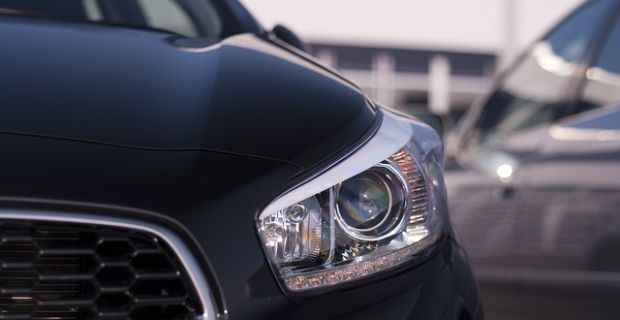
VIN Location Dodge belong to most important elements of vehicle. Through plate with VIN Number we can buy insurance, do registration and what is main reason ride on roads. But what exactly is VIN? VIN Number Dodge is unique number of every vehicle contain all information about vehicle for example: year of production, original paint color, type of equipment, engine version.
Where to find VIN Location?
VIN Location in Dodge depends models in different vehicles is placed in different places (for example: Avenger, Caliber, Challenger, Charger, Hornet, Magnum, Neon, Nitro, Stealth, Viper). In older cars, was placed on the vehicle data plate or frequented “crammed” or embossed on the frame or body of the vehicle. The numbers of new vehicles is often visible in the form of a sticker for the windshield. The mos popular paces of VIN Location Dodge are: vehicle title, registration, insurance, next to spare wheel, under or next to passenger seat, front of the car frame, on bulkhead, in trunk on the floor. Use the tool on VIN-Location.com to VIN decoding. The website has huge database of vehicles, that help you in simple way get information on how to find VIN on your vehicle.
Dodge VIN decoder – fill in the form
Remember that before you buy, check the history of the vehicle. You do this by typing the VIN Number Dodge below:
The generated report is an invaluable aid in checking the vehicle. The data it contains is a basic compilation of information necessary to know the history of the car. All the information contained in the report you receive is an indispensable and even necessary element of checking the car before buying it.
VIN number what is it?
The VIN, or Vehicle Indentification Number, is a unique vehicle identification number that contains numerous and important pieces of information about a car. The VIN includes information such as country of manufacture, model year, drive type, engine version, equipment options, among others.
VIN numbers were first used in 1954 in the United States. Car manufacturers such as Dodge were already marking their cars in this way. Marking of this type began to be used by manufacturers in Europe. However, the first numbers looked very different. It was not until the 1980s (in 1981 to be precise) that the world’s manufacturers, together with the US manufacturers, finally agreed on this issue.
In 1981, the National Highway Traffic Safety Administration in the United States standardised the format. Cars sold should contain a 17-character VIN that does not contain the letters I (I), O (o) or P (q) (to avoid confusion with the numbers 1 and 0).
A common standard has therefore been developed to facilitate the work of the police, insurance companies and used car dealers. From now on, the VIN of each car has 17 characters – letters and numbers.


 EN
EN  PL
PL  RU
RU  DE
DE  HU
HU  EE
EE  LV
LV  RO
RO  SI
SI  CZ
CZ  LT
LT 